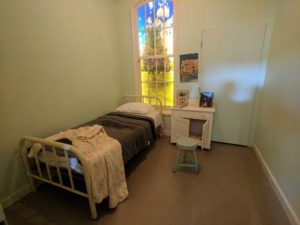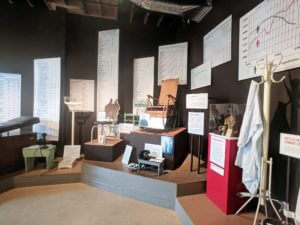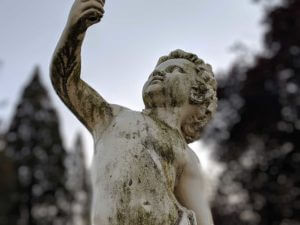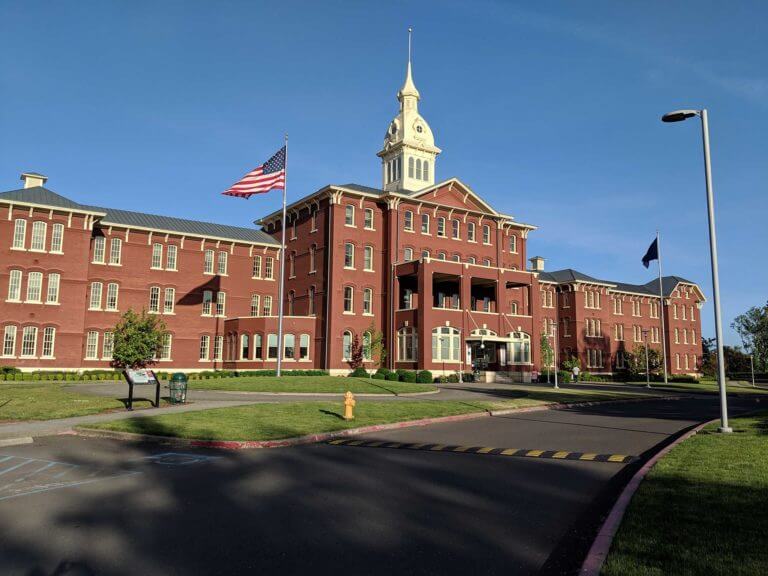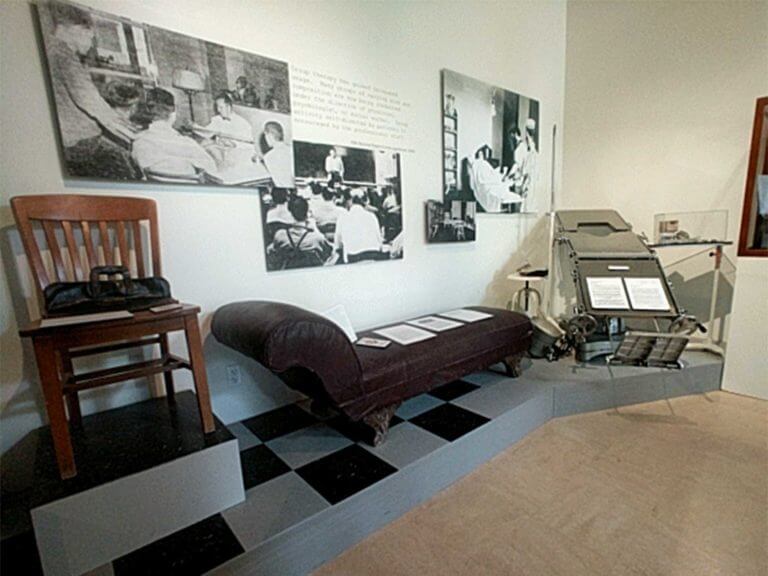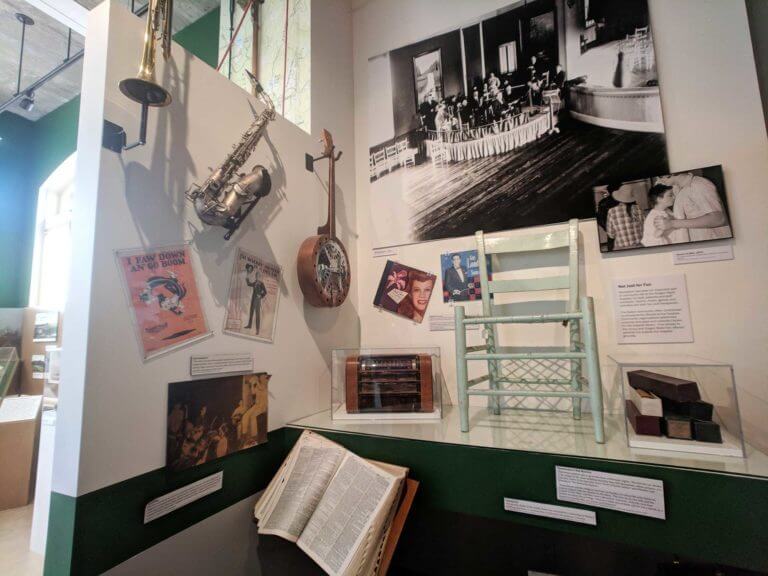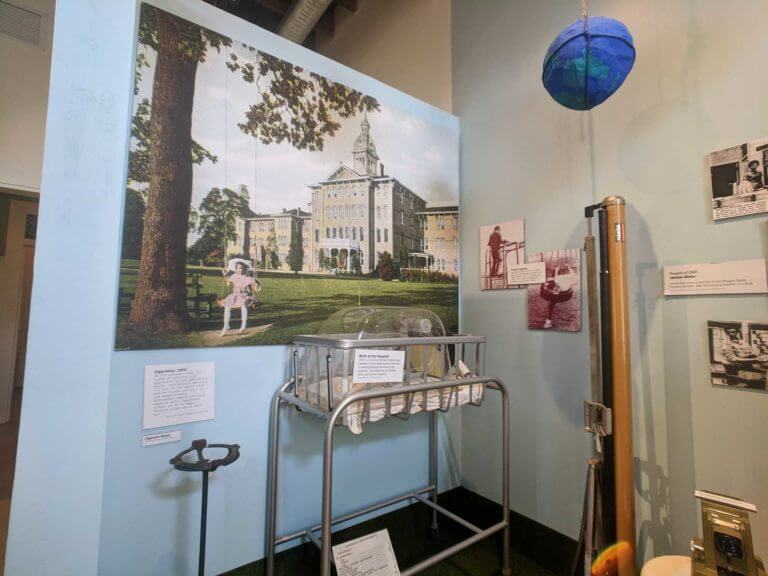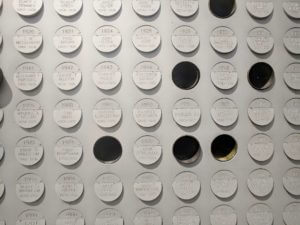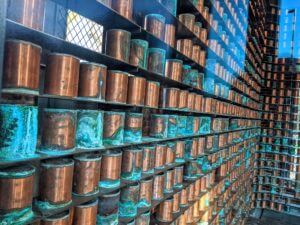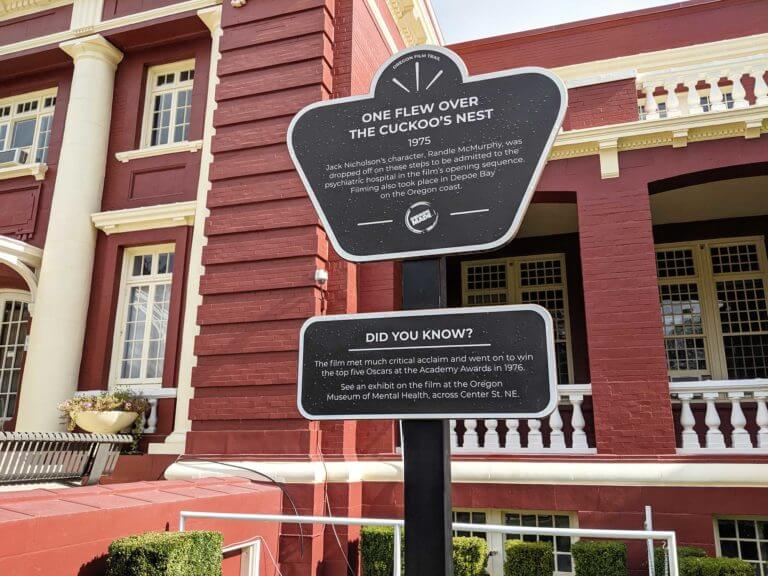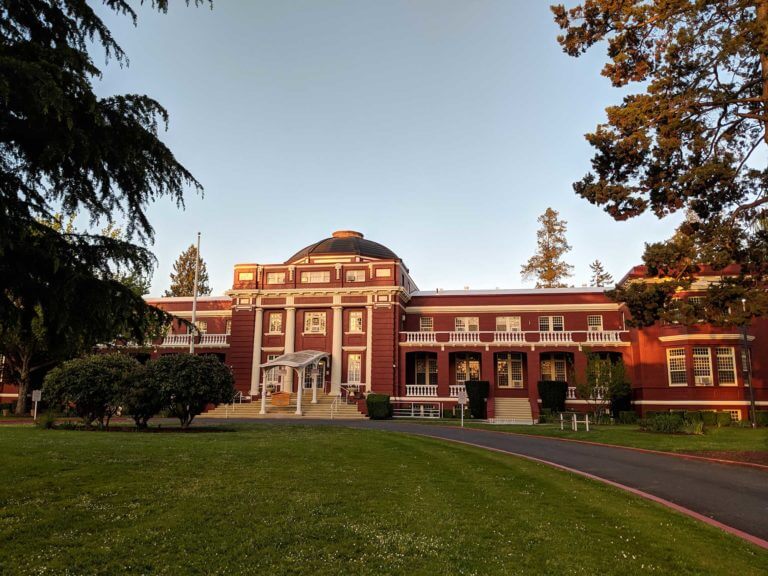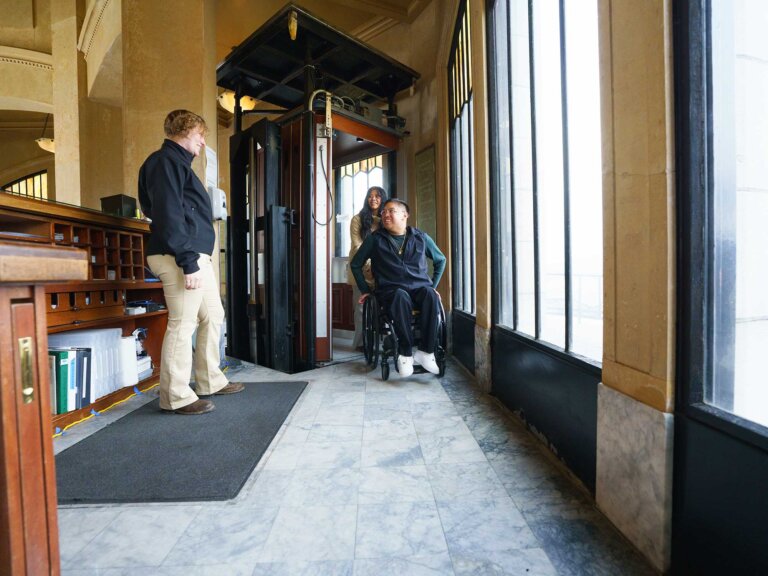Oregon State Hospital
Museum of Mental Health
Housed in what was once the Oregon State Asylum, a state-of-the-art Salem museum now chronicles the history of mental health treatment.
From Asylum to Museum
When the Oregon State Insane Asylum first opened in 1883, the roots of mental illness were poorly understood. The causes of madness listed for its first inmates included expected conditions like dementia and head injuries. But they also included a laundry list of conditions that are shocking to our more modern sensibilities. Conditions such as grief, childbirth, overstudy or solitude are just a few common human experiences that were believed to sometimes cause madness and could potentially result in commitment to the State Asylum.
The fascinating chart illustrating these first admissions is just one of the artifacts now on display at the Oregon State Hospital’s Museum of Mental Health in Salem. Housed in the very building that first housed the Oregon State Asylum (later renamed the Oregon State Hospital), the Museum chronicles the history of mental health treatment. From the earliest era of tragically misinformed treatments, records and artifacts display not just the more brutal practices of days gone by, but also the caring concern and best intentions of many of the healthcare providers who were bound to administer them.
History Preserved
Thanks in part to a state park’s Heritage grant funded by Oregon Lottery dollars, the Mental Health Museum received funds to preserve two-dimensional artifacts like the documents describing the asylum’s early days. Through these documents and other artifacts, the Museum is able to preserve a sometimes troubling but fascinating history.
Looking back on this past helps remind us that, although we still have much to learn about the treatment of those struggling with mental illness, we have indeed come a very long way.

Overcoming the Stigma
Oregon State Hospital Memorial
Sadly, the stigma of mental illness can endure even after death. Over the years, hundreds of inmates of the State Hospital passed away at the institution. In many cases there was no family who could—or would—claim the body of a troubled relative. In these cases, the hospital would cremate the remains, placing the ashes in individual copper canisters.
After many decades in storage, these decaying canisters were given a much more respectful resting place. An original brick outbuilding was repurposed as a memorial, both to display the canisters and to respectfully list the names of those whose remains they contained. The project has resulted in new generations discovering forgotten ancestors and finally claiming their remains. The growing number of “holes” in the walls of the memorial each represent a reclaimed family member, formerly lost to history.
Could you have a forgotten relative interred at the memorial? Check the name list at the link above.
One Flew Over the Cuckoo’s Nest
The Oregon State Hospital is perhaps best known as the setting for Ken Kesey’s novel One Flew Over the Cuckoo’s Nest. The hospital also served as the filming locale for the movie version of Cuckoo’s Nest, which won the Oscar for Best Picture in 1976. The nearby Dome Building (pictured here), once part of the hospital facilities, stood in for a courthouse in an early scene from the classic movie.
To highlight Oregon’s growing importance as film location, the Oregon Film Office initiated a project to provide signage at locations like Salem’s Dome Building. The signs commemorate the movies filmed at the location and serve as a statewide network of easily recognizable trail markers. The Film Office also benefits from lottery funding through Business Oregon, enabling innovative programs like the Oregon Film Trail.
Learn about the Oregon Film TrailFeatured Projects
Featured Games
LOTTERY DOLLARS DOING GOOD THINGS IN YOUR COMMUNITY
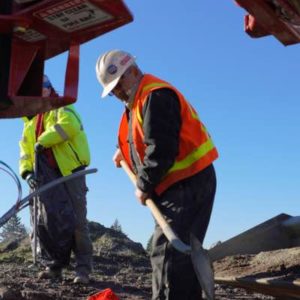
Economic Growth

State Parks

Outdoor School

Natural Habitats

Public Schools

